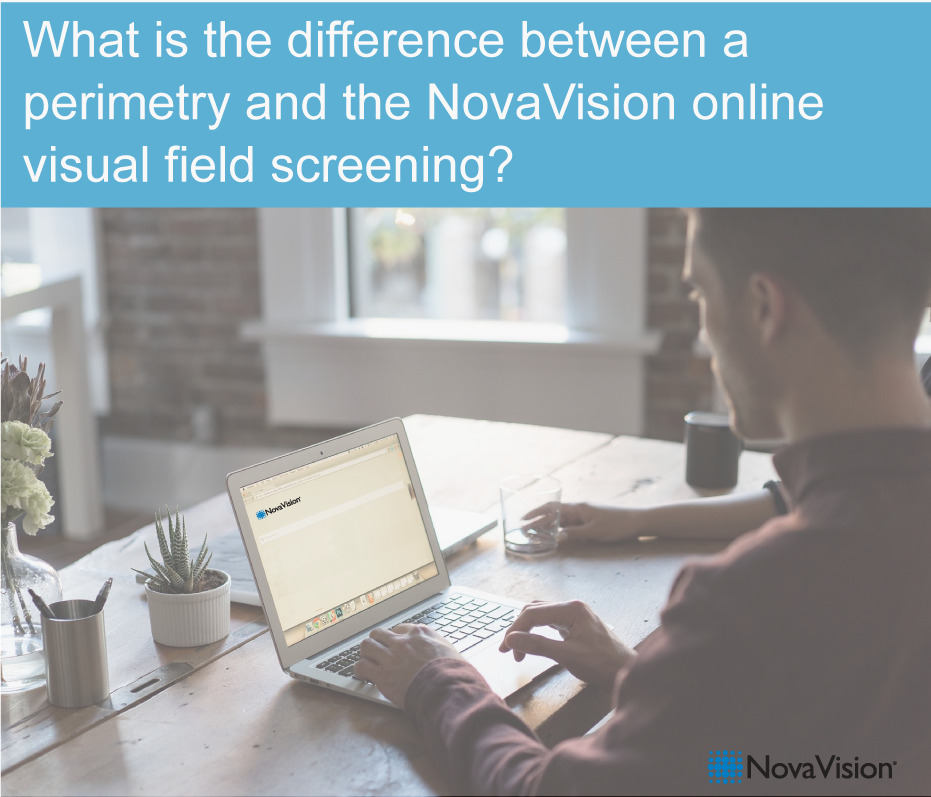Rehabilitation is an essential part of the recovery process after a stroke so it’s important to investigate the options to help you to choose what’s right for you. Technology can play a major role in the recovery of stroke patients, including those with vision loss. Indeed, NovaVision’s computer based therapies can help patients regain some of their lost vision and make the most of the vision that remains after a stroke or other brain injury. Although patients themselves can face many issues after a stroke or brain injury, family members and caregivers also have unique challenges to address. Luckily, technology has advanced to a point where most people have access to a PC, smartphone, or tablet (or in many cases all three!). Numerous helpful apps and online tools are available to install on your device and can be very useful for patients and caregivers alike. Here are a few examples of popular apps:
- Text2Speech is a free online text-to-speech converter. All you need to do is enter your text in the box on the page, select one of the voices, and download or listen to the finished mp3 file. This service is free, very user-friendly, and even allows you to use the speech files for any purpose, including commercial uses. Google Text-to-Speech is a well-reviewed app that can be downloaded onto your mobile phone.
- Cozi Family Organizer is an app that was originally developed to help families organise their busy schedules. But it can also be used as a powerful tool for multiple people who may be involved in the care of a stroke patient. The features include a shared calendar that’s colour-coded for each person, which keeps track of appointments and assigns them to the relevant caregiver. All users have the option to access the calendars of others in the circle. Additional features include a to-do list, shopping list, and journal. Available for both iPad/iPhone and android devices.
- Talk’n Photos is one of many aphasia apps that allow users to take photos of various things and then attach words or phrases to help them communicate some basic daily information to those around them. It’s not available for android but there are plenty similar apps if you have a look on Google play. For instance, Let me Talk uses a database of pictures to help with aphasia and communication disorders such as autism, Alzheimer’s, and many other disorders that can affect speech. Going back to Talk’n Photos, it’s simple to navigate and completely customisable. It allows you to add text and voice recordings to album covers as well as to each picture within an album. Photos or symbols can be uploaded from your camera, taken with your iPad/iTouch/iPhone, or downloaded from a large number of free clip art/photo art web sites. For example (as stated on the app’s iTunes page), an album cover might show an empty plate and verbal cue such as “I’m hungry”. Once activated, the contents could include photos of favourite foods.
These are just some of the countless tools and apps that could help support your recovery. If you have a specific need, take some time to browse the iTunes app store or Google play apps—there may well be a solution that you can literally hold in the palm of your hand!



Recent Comments